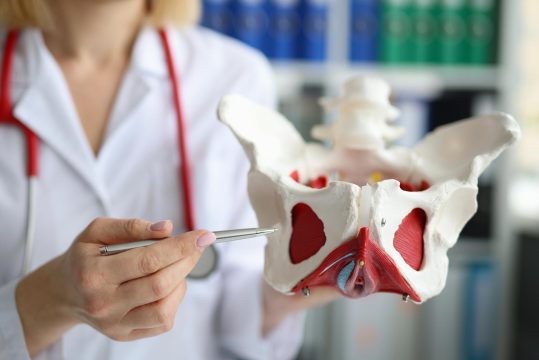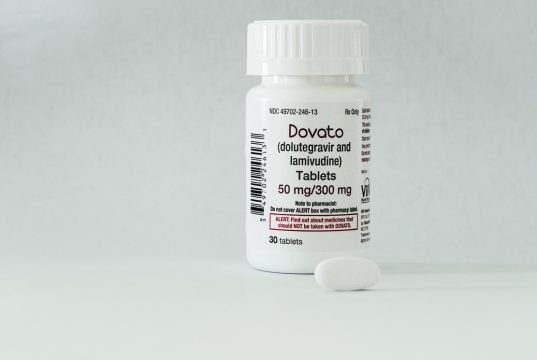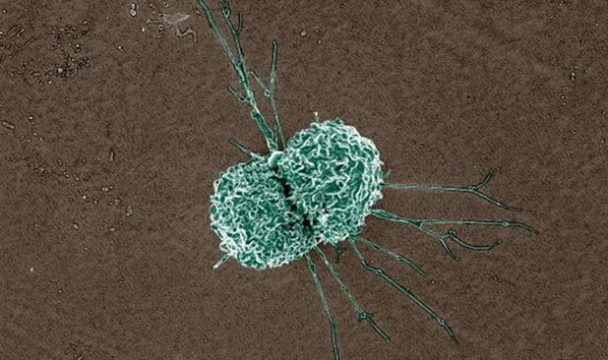Advertisment
ACC 2014 Report: TAVR Real-world heart results consistent with scientific research
Study helps put new TAVR technology in perspective for high-risk patients. The first one-year outcomes data of transcatheter heart valve replacement (TAVR) in nearly all U.S. patients undergoing this procedure shows that real-world outcomes are comparable to or slightly better than those found in clinical trials, according to registry data presented at the American College of Cardiology’s 63rd Annual Scientific Session. However, specific baseline characteristics of patients undergoing TAVR are associated with differing degrees of death and survival and may be important considerations for patient counseling and shared decision making about the procedure, according to the authors.
TAVR is a minimally invasive procedure recently approved for the treatment of severe, symptomatic aortic stenosis in patients who are not candidates for open heart surgery. With the diffusion of this new technology from research to practice, there has been some concern that patients undergoing TAVR in clinical trials may fare better than those in real-world settings. While in-hospital outcomes for TAVR in U.S. clinical practice are consistent with those in landmark clinical trials, little is known about longer term results.
Researchers investigated one-year outcomes of TAVR among Medicare patients by reviewing data from the Transcatheter Valve Therapy (TVT) Registry linked with Medicare claims data. The TVT Registry – developed to track patient safety and outcomes related to TAVR – collects and reports data on patient demographics, procedure details, facilities and physicians.
After reviewing outcomes data for 5,980 patients across 224 sites at one year following TAVR, researchers found that outcomes were similar to those in randomized controlled trials. Based on the TVT Registry data, the in-hospital death rate was 5.3 percent, and the in-hospital stroke rate was 1.7 percent at the time of the TAVR procedure. At nearly six months following TAVR, a vast majority of patients who had successful procedures were still living and had been able to avoid repeat hospitalization. At one year following TAVR, 26.2 percent of patients had died and 3.6 percent had suffered a stroke.
“Regulatory agencies have been incredibly concerned over what happens when you open high risk technology to broader groups of patients, physicians and medical centers,” said David R. Holmes, M.D., past president of the American College of Cardiology, Scripps Professor of Medicine, Mayo Clinic, Rochester, Minn., and lead investigator of the study. “This data is comforting in that we went from a relatively small number of clinical trial participants receiving TAVR in a few expert medical centers to a relatively large number of real-world patients in over 200 clinical settings with very similar results.”
Researchers also found that specific factors were associated with the incidence of death and stroke including gender, age and kidney function. The older a patient was at the time of TAVR, the higher the death rate. Patients under age 75 had a mortality rate of 21.5 percent, while patients over age 95 had a 31.9 percent mortality rate. Stroke did not show the same degree of relationship with age. Males had higher mortality rates than women, but women had higher rates of stroke. The disparity was a surprise to researchers and will be the focus of subsequent studies, according to Holmes. Patients with abnormal kidney function, particularly those on dialysis, were also at higher risk of stroke and death. Patients with chronic obstructive airway disease had worse outcomes in terms of death but little difference in stroke rates compared to other patients.
“By virtue of identifying factors associated with stroke and mortality, we now have data that we can use for developing tools in terms of risk prediction models so we can better educate patients and families in terms of making good, important decisions about their treatment options,” Holmes said. “We can also educate physicians to appropriately communicate the risk-benefit ratio to patients, which is hugely important as we move toward the concept of shared decision making in health care.”
Data was available for 5,980 patients over age 65 with Medicare Insurance fully linked to Administrative Claims Centers for Medicare and Medicaid Services data at one year. Median age was 85. The STS Predicted Operative Mortality Score was 7.1. This score is widely used in decision making and counseling patients concerning different treatment strategies. Of those patients included in this study, 83.6 percent were classified as NYHA III/IV, 12.8 percent had had a previous stroke, 31.1 percent had peripheral arterial disease and 15.2 percent had oxygen–dependent lung disease. Authors said the characteristics of the patient population were similar to patients treated in randomized controlled trials.
Holmes said the study has demonstrated that administrative claims data can be successfully linked with a national registry. According to Holmes, registries will assume increasing importance for post-market surveillance and post-approval studies that assess the safety and efficacy of high-risk medical technology and procedures. The U.S. National TVT Registry is a collaboration of the Society of Thoracic Surgeons and the American College of Cardiology with the Centers for Medicare and Medicaid Services and the U.S. Food and Drug Administration.
The study was supported by the Society of Thoracic Surgeons, the American College of Cardiology, all of the clinical centers in the TVT Registry and the Duke Cardiac Research Institute. In addition, Edwards LifeSciences has funded specific federally mandated post-approval studies.
Contact: Beth Casteel
bcasteel@acc.org





